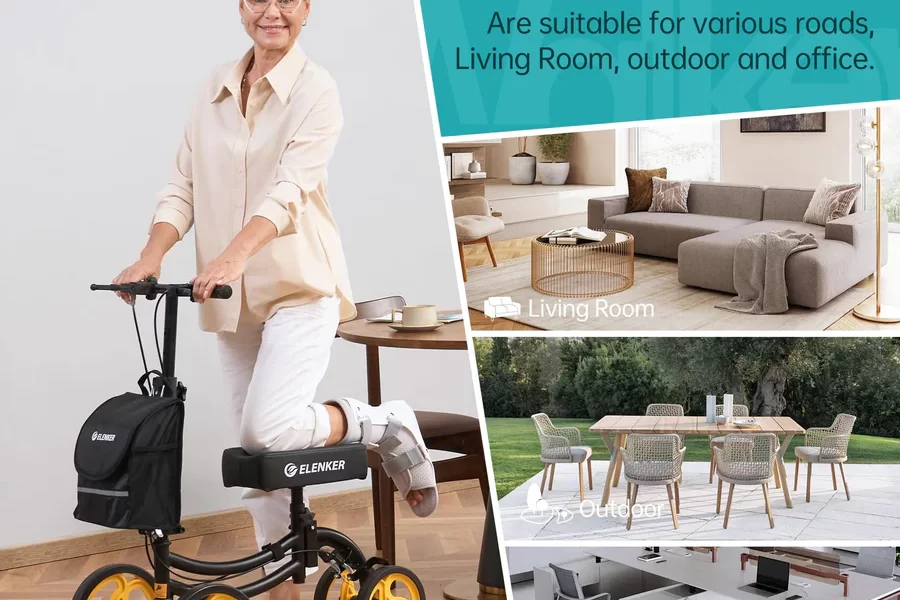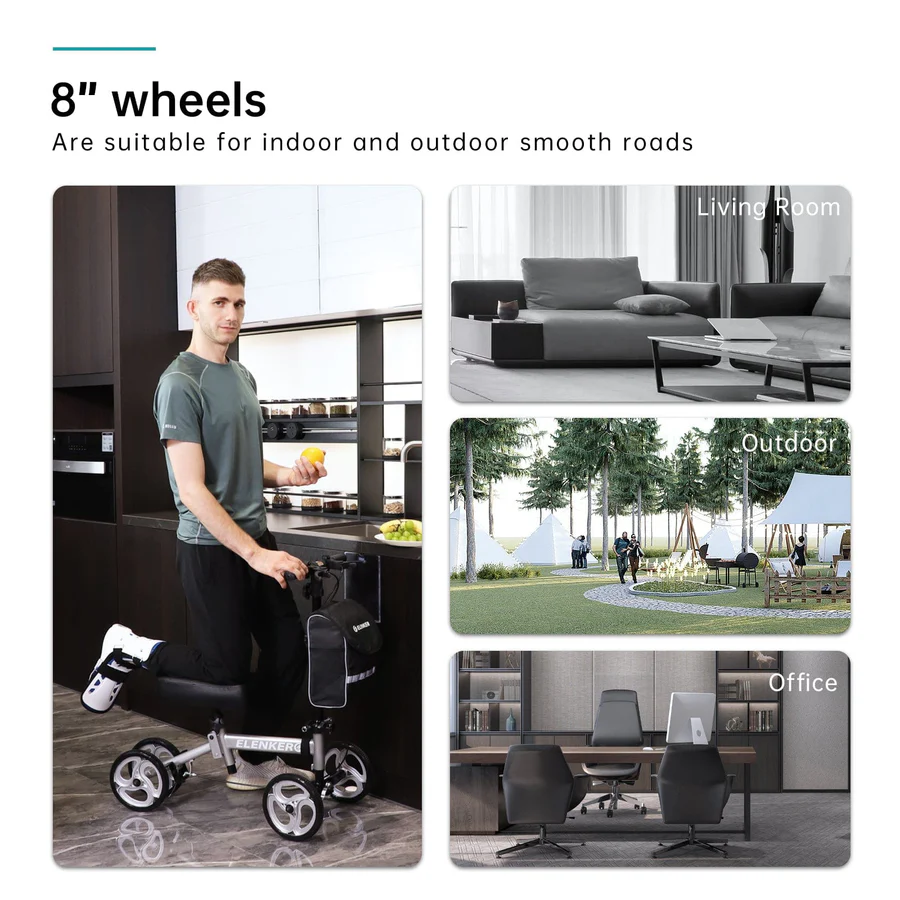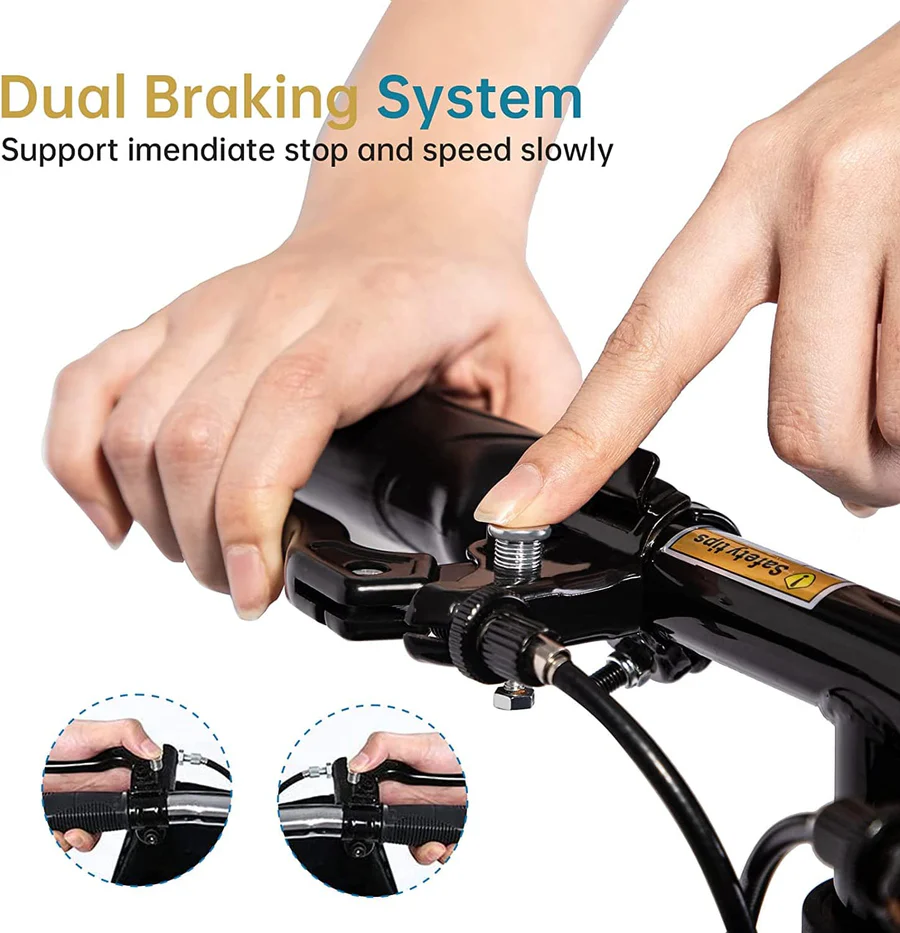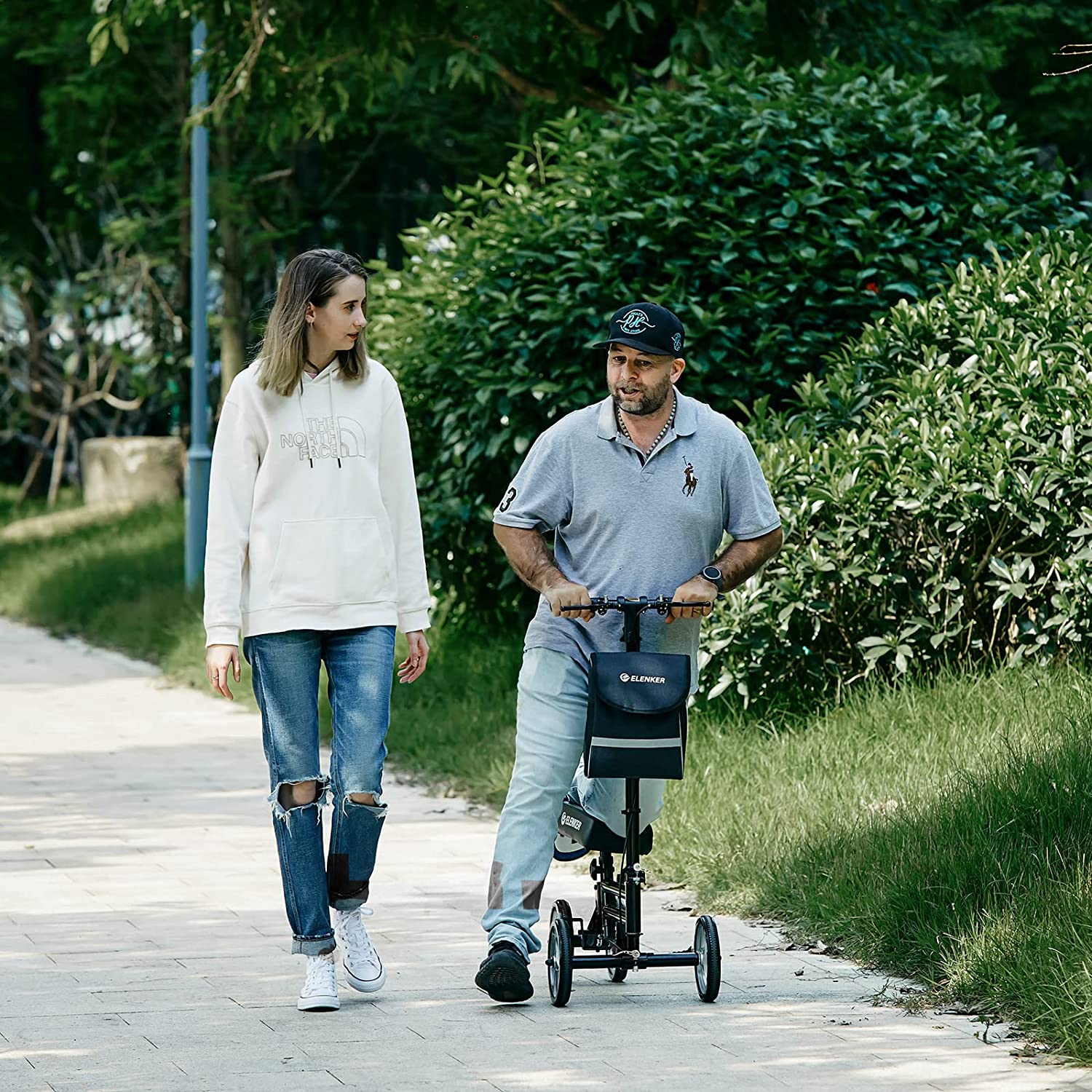So you’ve seen those cool-looking scooters with a padded knee rest and handlebars, and you’re wondering—can seniors use those safely? Short answer: yes, knee walkers can absolutely be safe for seniors. But just like with anything involving mobility and recovery, it depends on a few key things.
Let’s talk about what makes a knee walker a solid option (or not) for older adults and how to make it work without a hitch.
What’s a Knee Walker?
Imagine a knee scooter, but instead of standing on two feet, you rest your injured leg on a padded platform while you push with your stronger leg. It’s like gliding around without hopping on crutches or relying on a regular walker. Knee walkers (or knee scooters) are most often used for lower leg injuries—think ankle fractures, foot surgeries, or sprains.
They’re especially popular because they:
Free up your hands more than crutches
Don’t make your armpits sore
Give better balance for some folks
But when it comes to seniors, the question is less about trend and more about safety.
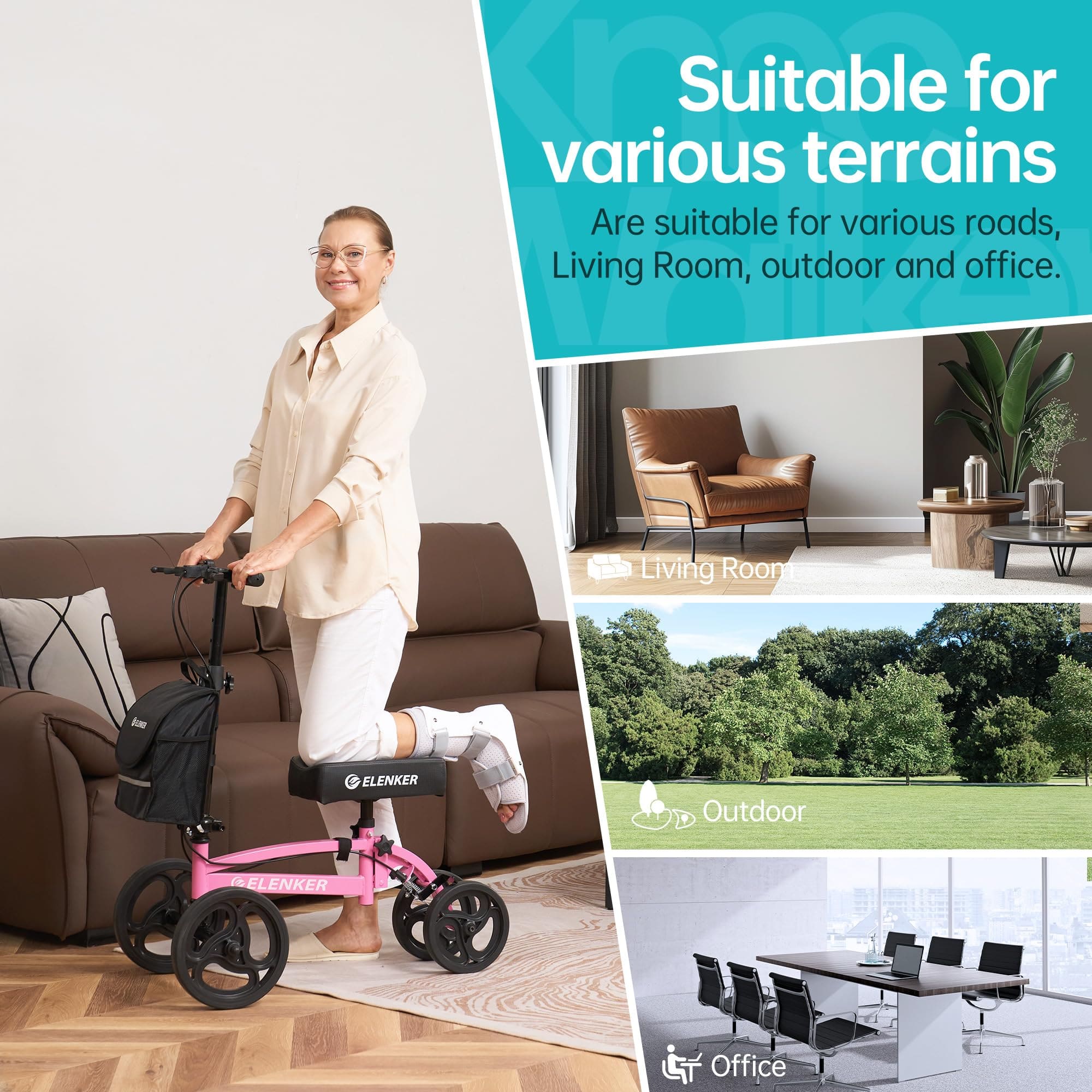
The Pros for Seniors Using Knee Walkers
Better Balance Than Crutches
Crutches can be a real pain—literally. They require good upper body strength, coordination, and balance. For many seniors, that’s a tough ask. A knee walker, on the other hand, offers a more stable base. With four wheels and handlebars, it’s more like pushing a cart than trying to stay upright on stilts.
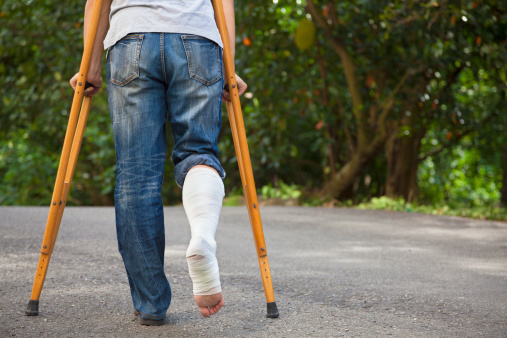
Less Fatigue
Walking around on crutches can wear you out fast. Knee walkers let seniors glide smoothly without putting weight on the injured leg or tiring out the arms.
More Independence
Seniors who use knee walkers often find they can still cook, shop, or move around the house a little easier. Many models come with baskets or pouches to carry things—super handy when you’re moving from room to room.
Comfort
Most knee walkers have padded cushions for comfort. Some even offer adjustable height options for both the knee pad and handlebars, which makes a big difference in posture and ease of use.
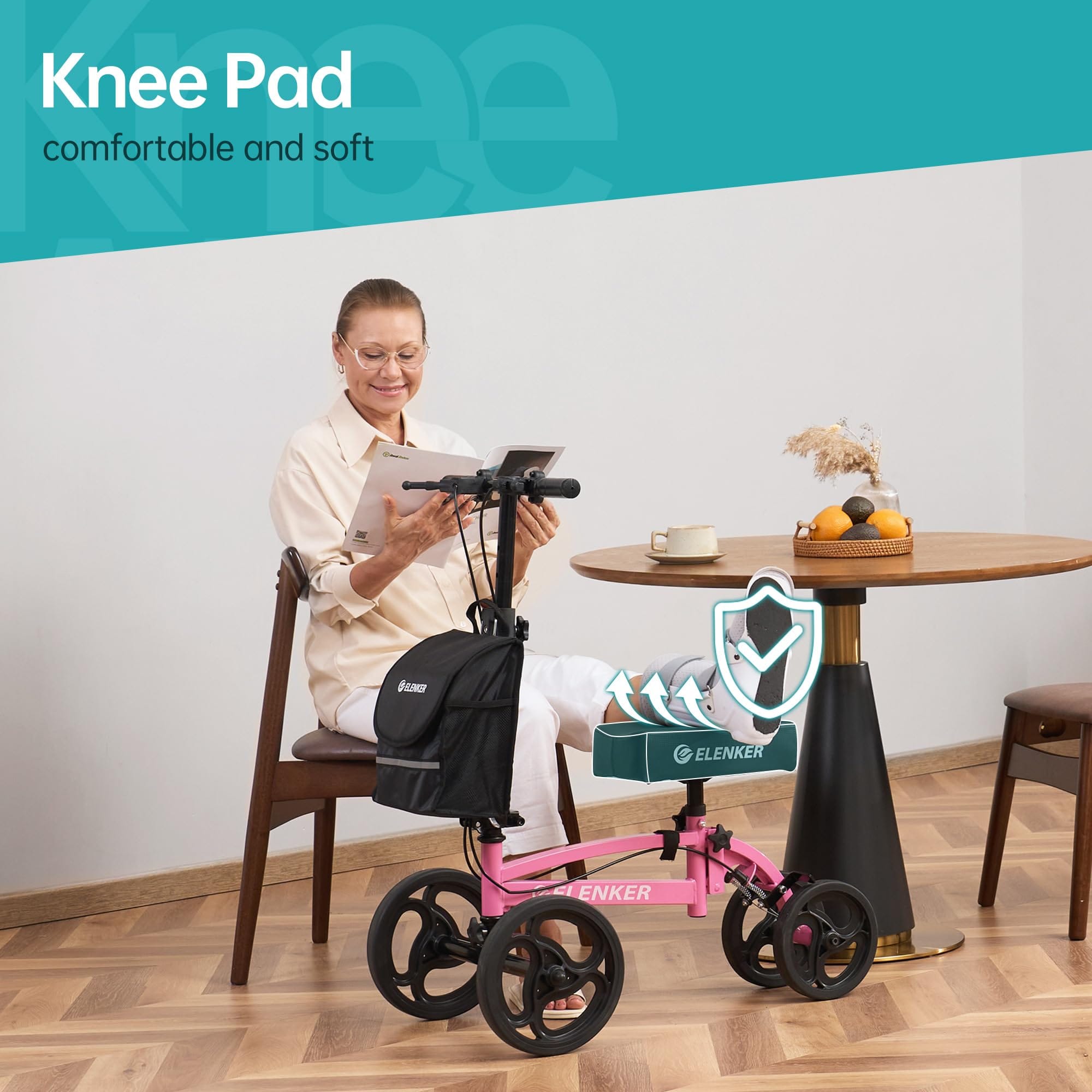
Potential Risks to Watch Out For
While there are a bunch of benefits, no device is perfect. Seniors need to be mindful of a few things before hopping on a knee walker.
⚠️ Balance or Coordination Issues
If the senior has trouble balancing in general—due to vertigo, past falls, or neurological issues—a knee walker might not be the safest bet. It does roll, after all, and does require steering.
⚠️ Weak Upper Body or Hands
Knee walkers depend on the user’s ability to steer, brake, and support themselves while moving. Weak grip strength, arthritis, or shoulder problems could make this difficult.
⚠️ Uneven Surfaces and Outdoor Use
Most standard knee walkers are designed for indoor use or flat sidewalks. Uneven terrain, gravel, or thick rugs can be tricky. There are all-terrain models, but even those take a little getting used to.
⚠️ Getting On and Off Safely
Mounting and dismounting the scooter safely requires some stability. If the user tends to lose balance when standing on one leg, they may need assistance—at least at first.
Tips for Making Knee Walkers Safer for Seniors
Okay, now that we’ve got the pros and cons out there, let’s focus on how to make using a knee walker as safe as possible.
1. Get the Right Fit
Choose a model with adjustable handlebars and knee pads. The right height makes all the difference in comfort and control.
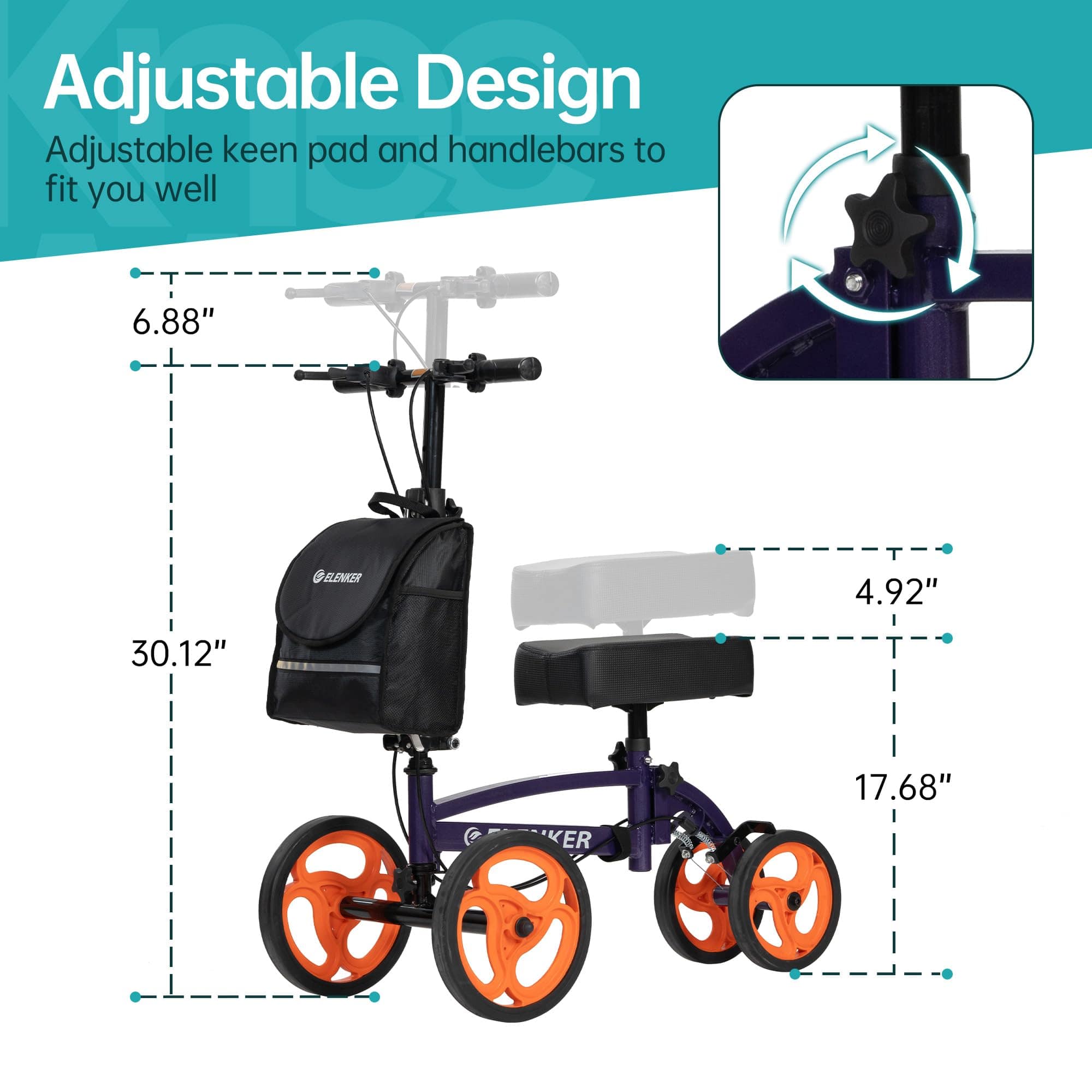
2. Practice First
Give it a little test run—maybe with a caregiver or physical therapist watching. It takes a few minutes to figure out how to turn, stop, and get comfortable.
3. Check the Brakes
Make sure the brakes are easy to use and hold well when parked. Some models have dual locking brakes, which add extra peace of mind.
4. Clear the Clutter
At home, clear walkways, move loose rugs, and rearrange any obstacles that could get in the way.
5. Choose the Right Model
There are lightweight indoor models and rugged outdoor-friendly ones. If the senior is active or needs to get around outside, go with the sturdier version.
When It Might Not Be the Best Choice
While knee walkers work well for a lot of seniors, they’re not ideal for everyone. It might be better to consider another mobility option if:
- Balance or vision is seriously impaired
- There’s pain in both legs or feet
- Upper body weakness prevents handling the handlebars
- Cognitive issues could affect safe use
In those cases, a traditional walker, wheelchair, or even a rollator with a seat may be safer and more comfortable.
Safe? Yes—With the Right Setup
Knee walkers can be a safe, comfortable, and super practical tool for seniors recovering from leg or foot injuries. They offer better support than crutches and a smoother ride than hopping around.
But like with any mobility device, it’s all about fit, function, and a little bit of practice. The right knee walker, adjusted to the right height, used on the right surface? That’s a win.
Whether it’s for a temporary recovery or a more extended need, the key is making sure the user feels steady and confident every step—or glide—of the way.
